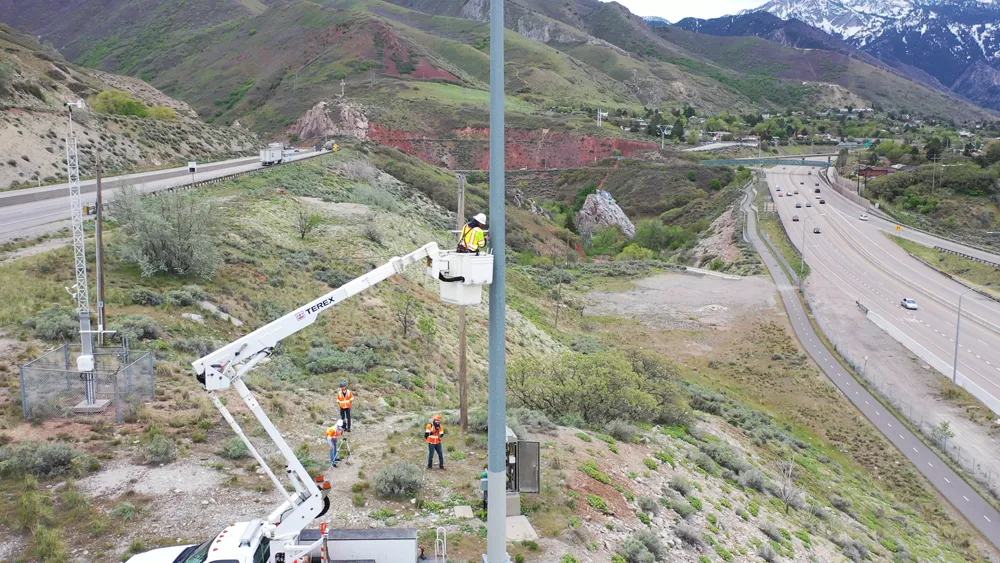
Enhancements to Glance 2.0 cloud software from Applied Information bring 40 new features and upgrades that allow transportation professionals faster connectivity and control, the firm says.
Among these is Arterial View that provides a comprehensive view of critical corridors, delivering enhanced insight during rush hour.
Transportation agencies can use Glance to view and manage their entire traffic system from any desktop, tablet or smartphone with on-the-map applications.
Applied said the new redesigned version offers real-time traffic signal phase and timing monitoring with second-by-second updates. There is tracking of emergency, transit and fleet vehicles with real-time visibility. It also offers secure access to traffic signal controller remote front panels for easier monitoring and control of traffic signal timing.
Glance integrates with all major traffic signal control software systems and offers views of current traffic conditions with live video feeds, including detector cameras.
There is control of all connected devices from one unified application as well as improved school beacon scheduling with preconfigured holiday schedules. It also integrates with Waze, Haas Alert, TravelSafely and 511 smartphone apps to send connected safety messages to travellers.
Glance integrates more than 130 traffic control devices and their proprietary software in one platform, eliminating the need to run software on multiple windows and from expensive local servers.
The solution also manages a multitude of connected vehicle applications, including fleet locations and roadside unit basic safety messages for cellular-vehicle to everything (C-V2X) technology.
Additionally, it manages traffic signal preemption and priority, using vehicle route playback, preemption history and speed profiles to help users evaluate preemption system health.
“Glance is now the complete solution for managing all traffic control infrastructure in one location and at the tip of your fingers,” said Bryan Mulligan, president of Applied Information. “Glance is also affordable, making this game-changing infrastructure platform available for all agencies, large and small.”
Applied Information says that Glance is used by more than 1,300 transportation agencies across North America.










